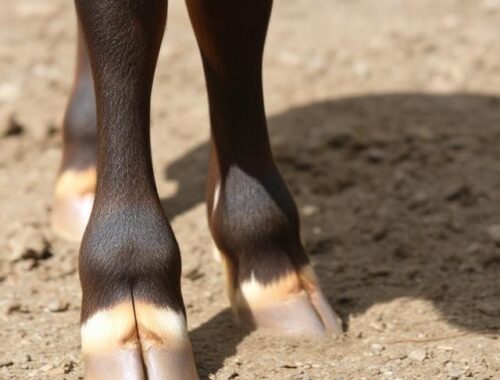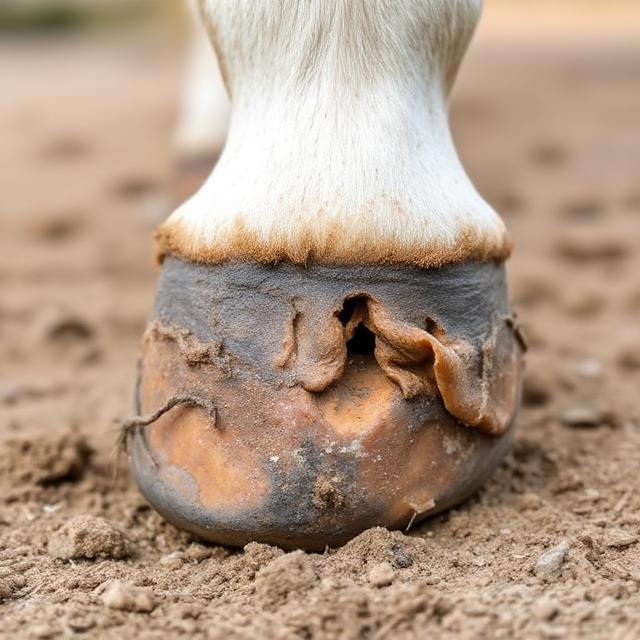
Thrush in Horses: How to Identify, Treat, and Prevent This Hoof Infection
That unpleasant smell coming from your horse’s hooves? That could be thrush in horses. It’s a stubborn hoof infection that hits the frog hardest. The smell is just the beginning—if you ignore it, the black discharge and frog decay will follow. Thrush in horses shows up more than you’d think, even in well-kept stables. That’s why knowing the signs and understanding how to treat it matters. Early action saves hooves and keeps your horse comfortable.
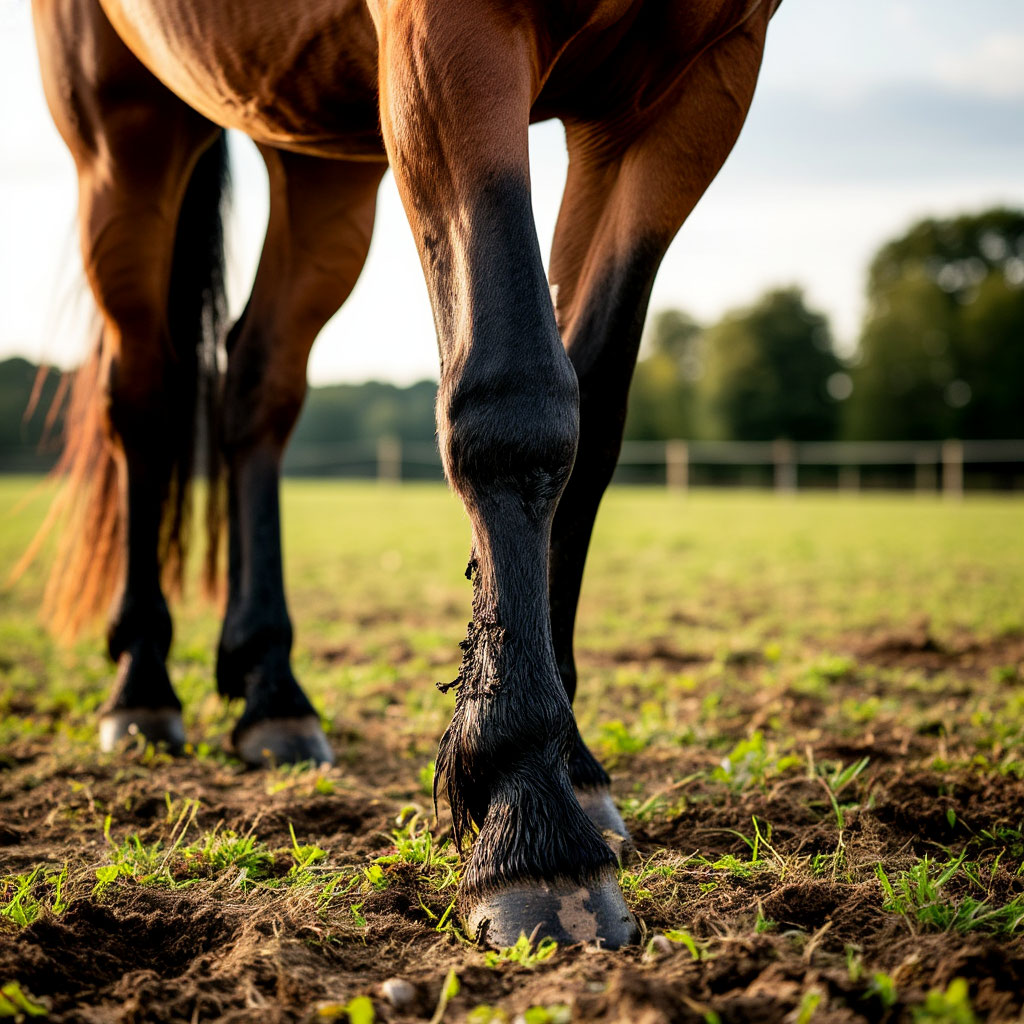
What Is Thrush and How Does It Develop?
Thrush in horses is a bacterial infection that settles into the grooves of the frog. It loves dark, damp spaces. That’s why it thrives in muddy fields and dirty stalls. The bacteria responsible—Fusobacterium—feeds on trapped dirt, manure, and moisture.
It usually starts with a mild stink. Then you’ll notice the frog turning soft and flaky. Eventually, it produces a black discharge from hoof that sticks to everything. The horse hoof infection mostly affects the hind legs since they’re more likely to get wet and stay dirty. If not treated, it can cause real pain and sometimes lead to equine foot rot.
Why It Targets the Frog
This bacteria prefers the frog over the sole or wall. Its soft, textured surface holds moisture and dirt. That’s where the trouble starts. Overgrown frogs and skipped cleanings create the perfect hiding spots for infection.
The Bacteria’s Ideal Playground
Causes of thrush in horses usually trace back to poor hygiene and excess moisture. These are the main triggers:
- Muddy pastures and water-logged paddocks.
- Skipped cleanings or infrequent hoof picking.
- Long frogs with deep central sulci.
- Poor nutrition, especially low zinc or copper.
Wet footing is more than an annoyance—it’s a breeding ground for problems.
Causes and Contributing Factors
Some horses seem to catch hoof infections easily. Their hoof shape may trap muck. Others live in constantly wet places. Either way, moisture + bacteria = trouble.
Nutrition plays a bigger role than most expect. Weak frog tissue can’t fight off infection. And if your horse isn’t moving enough, dirt just builds up.
Here are common risk factors:
- Constant exposure to manure-soaked bedding.
- Missed farrier appointments or late trims.
- Horses with deep frog clefts or flat feet.
- Lack of deep hoof cleaning routines.
- Diets low in zinc, copper, or biotin.
Even horses with good care can get smelly hooves in horses seasonally. Especially in muddy climates or damp barns with poor drainage.

Symptoms: What to Look For
This chart shows how hoof thrush symptoms change as the condition worsens:
| Stage | Symptom | Notes |
|---|---|---|
| Early | Slight odor, mild frog softening | Easy to miss without daily checks |
| Mild Infection | Strong odor, sticky black discharge | Smell is the first obvious sign |
| Moderate | Peeling frog, crumbly edges, slight tenderness | Softness may be painful to touch |
| Advanced | Visible decay, lameness, sponge-like texture | Time to call the vet |
Any softening of the frog with odor is a red flag. That’s not just dirt—it’s a signal to act before lameness sets in.
Effective Treatment Options
To start, you need deep hoof cleaning. Pick and scrub the grooves until they’re free of debris. Don’t rush—get into the crevices where the infection hides.
Next, choose your treatment plan. Some use store-bought products like Thrush Buster. Others prefer treating thrush naturally with diluted iodine, tea tree oil, or apple cider vinegar.
Here’s what works:
- Daily hoof cleaning and drying.
- Apply a treatment that doesn’t burn or damage frog tissue.
- Use clean, dry bedding and limit turnout in wet areas.
- Monitor the frog daily for changes.
Call the vet if:
- There’s no improvement in a week.
- Lameness develops.
- Discharge becomes thicker or the hoof smells worse.
Thrush in horses responds quickly to consistent care. But ignore it, and it spreads fast.

Cleaning and Disinfecting the Hoof
This part matters more than anything. The only way to beat thrush in horses is with regular, thorough hoof care. That means you don’t skip a single day—rain or shine.
Good cleaning looks like this:
- Use a stiff hoof pick to clean all four hooves.
- Scrub with a brush if needed (especially in the central sulcus).
- Disinfect using iodine or diluted vinegar.
- Make sure hooves are dry before bedding down.
Some owners think cleaning once a week is enough. But smelly hooves in horses don’t care about routines—they show up fast if things get damp.
Preventing Future Thrush Outbreaks
Once the hoof heals, the work isn’t over. Prevention means staying one step ahead. Make hoof picking part of your daily routine. No exceptions. Look for mud, packed manure, and any signs of tenderness. Even one missed day can allow bacteria to settle. Trim the hooves regularly. Extra frog tissue traps moisture. A good farrier keeps the shape balanced and the grooves clean.
Feed your horse well. Zinc and copper help build tough, resistant hooves. Avoid high sugar feeds that soften hoof structure. Dry footing is non-negotiable. Swap muddy pens for gravel or rubber mats when possible.
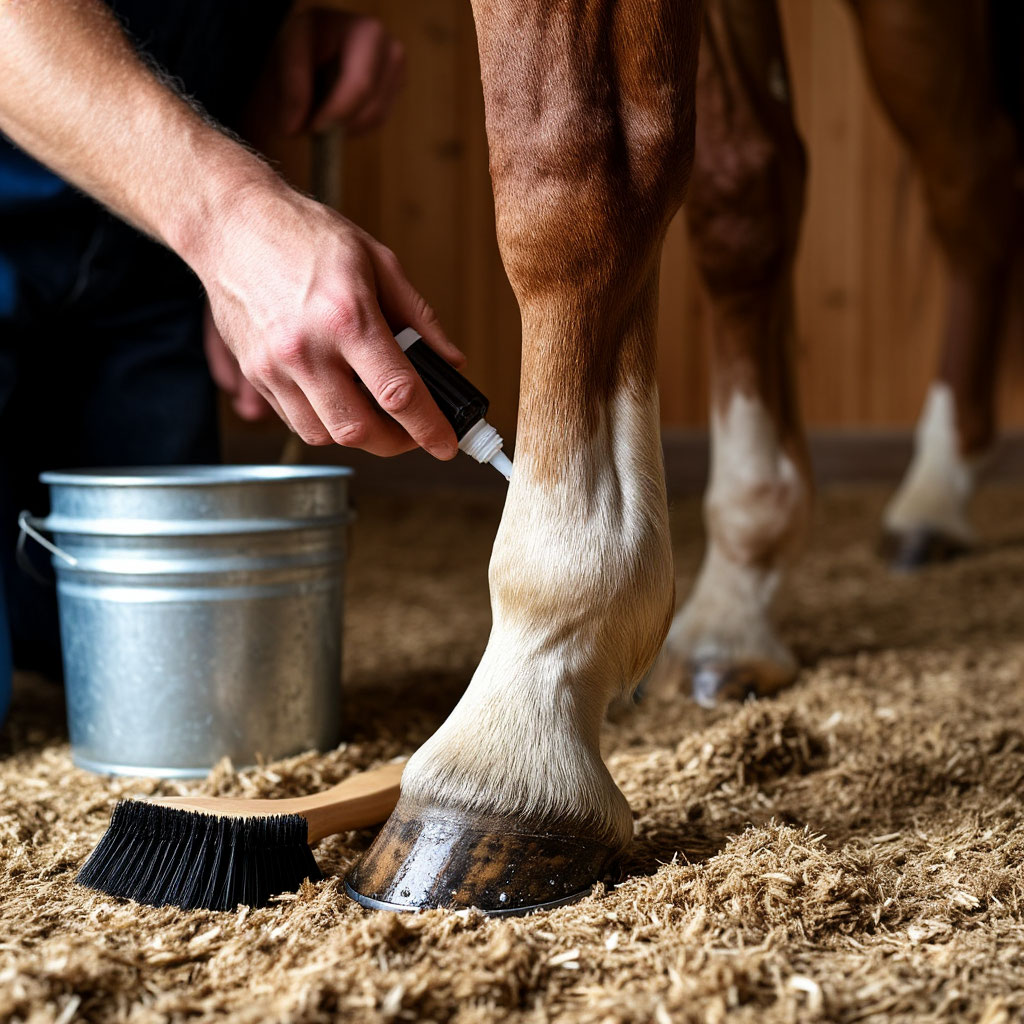
Best Practices for Stable Hygiene
Want to avoid thrush in horses long term? Keep the stall dry and clean. The stall is the one place your horse can’t escape. Use bedding that soaks up moisture without staying damp. Pelleted wood and kiln-dried shavings work well. Remove wet spots as soon as you see them.
Make sure troughs don’t leak. Standing water near the stall is a fast way to bring bacteria in. Good airflow helps, too. Stuffy stalls trap humidity. Open a window, use fans, or redesign airflow paths to keep things fresh. A clean stable means clean hooves. And clean hooves stay infection-free.
In the video, you can learn more about the problem of thrush in horses. Dr. Scop Morrison, a veterinarian, explains that thrush is a bacterial and fungal infection that affects the frog and the sulci of the frog of a horse’s hoof.
Thrush in horses doesn’t need to turn into a major problem. Catching it early, cleaning hooves daily, and keeping your horse’s environment dry make all the difference. A little attention goes a long way—especially when it comes to something as preventable as a hoof infection. Stay on top of your routine, check for signs, and give your horse’s feet the same care you’d give the rest of their body. Healthy hooves mean a happy, sound horse.
You May Also Like
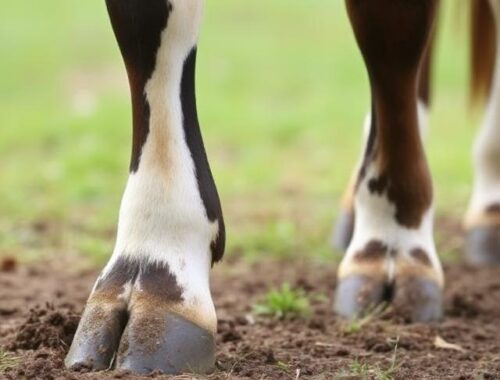
Daily Hoof Care Routine for Farm Animals: Tips Every Owner Should Know
June 26, 2025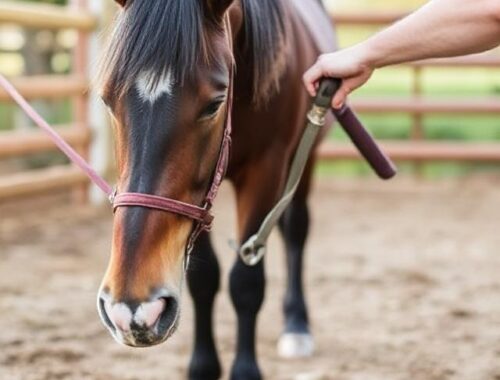
Top 5 Hoof Cleaning Mistakes and How to Avoid Them
June 26, 2025